100th Anniversary Great Nave Tour at the Cathedral of St. John the Divine
Celebrate the 1925 construction of the stunning nave inside the world's largest Gothic cathedral!


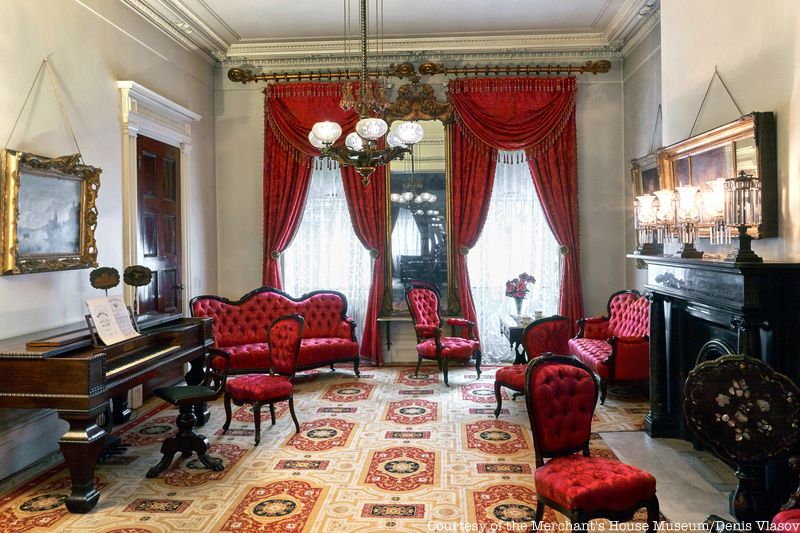
Standing at 29 East Fourth Street in Manhattan’s historic NoHo neighborhood, the Merchant’s House Museum provides a glimpse into life in New York City during the 19th-century. With impeccably preserved period rooms and storied history, the Greek Revival building is both an architectural and historical treasure. Opened to the public in 1936, the Merchant’s House has been a museum for nearly as long as it was a residence. It celebrates a milestone 85th anniversary this year! Below, we’ve worked with the Merchant’s House Museum to compile some of the most interesting and surprising secrets of the home.
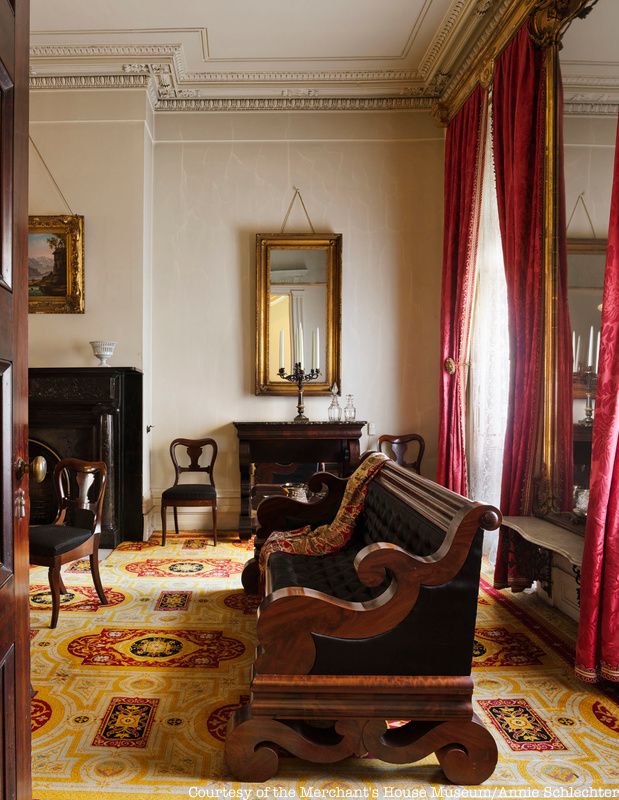
The Merchant’s House was originally built for Joseph Brewster in 1832, though he lived there for only three years. In 1835, the home was purchased by Seabury Tredwell, a wealthy hardware merchant. After thirty-two years in the hardware trade, Tredwell retired and settled into 29 East Fourth Street with his wife and seven children.
The Tredwells would occupy the home for nearly 100 years, until 1933. The last Tredwell to live in the home was Seabury’s eighth child and youngest daughter, Gertrude. She was born in the home in 1840 and died in the upstairs front bedroom at the age of 93.
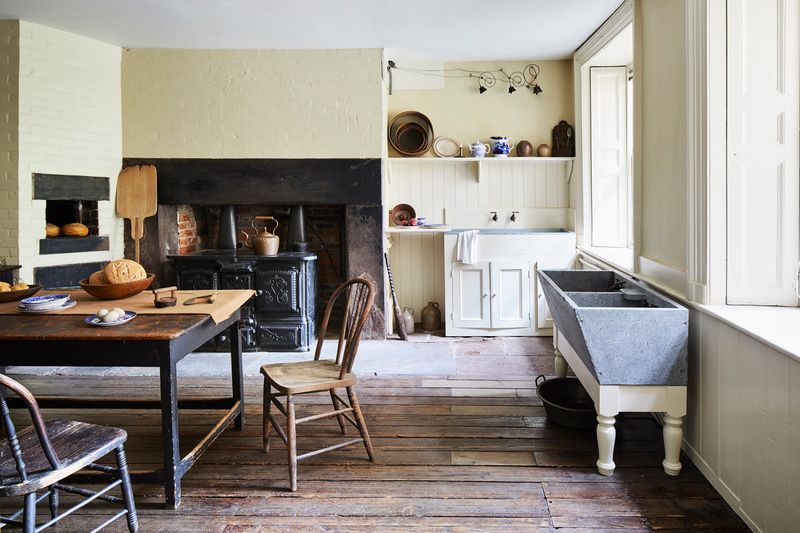
When Gertrude Tredwell died in 1933, all of the home’s original 19th-century furniture, decorative arts, and personal possessions were left largely untouched. Her niece and heir, Lillie Nichols, planned to sell the house and its contents at auction, but another family member, distant cousin George Chapman, saw the value of keeping everything together as a historic record. He was able to purchase the house and establish a non-profit to run it.
The home was turned into a museum in 1936, just three years after Gertrude’s death. The Museum’s collection features a whopping 4, 5000 objects that originally belonged to the family, from furnishings, decorations, and lighting devices, to personal accessories, family photographs, books, and works of art. In the 1960s, the home was restored by The Decorators Club and New York University Architect Joseph Roberto. Wherever possible, they used original materials, restored and reinstalled original furniture and personal belongings, and put up reproductions of the original draperies and carpet. All of these pieces put together provide an authentic portrayal of what life was like for a merchant-class family in 19th-century New York.

On October 14th, 1965, just a few months after New York City’s landmarks law was enacted, the Merchant’s House became the first landmarked building in the borough of Manhattan (the very first was the Wyckoff House in Brooklyn). It was among the first twenty landmarks designated citywide. Just a year later it was designated a National Historic Landmark.
In 1981, the building received another rare distinction when it was designated as an interior landmark. There are only 120 interior landmarks in New York City, compared to the full list of more than 30,000 landmarks. Another title that sets the Merchant’s House apart is that it is the only historic house museum in the Greenwich Village/Soho/NoHo neighborhoods.
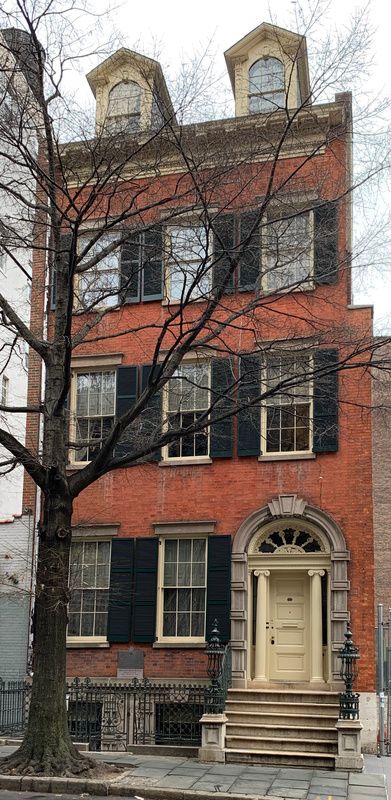
The Merchant’s House Museum is currently threatened by a new construction project planned for next door. In December of 2020, the developer filed an application for a new building at 27 East 4th Street. The new structure would be much taller than the historic home and more massive than a hotel originally proposed for the site.
Construction from the new project brings with it the risk of irreversible damage to the landmark. The Museum fears it could even lead to the collapse of the fragile 189-year-old home. In December, Community Board 2 voted unanimously to reject the developer’s latest application, but the Landmarks Preservation Commission declined to vote on the application at a meeting on February 2nd. The commission requested that the developers and their consultants work with the Merchant’s House, the Parks Department, and the Historic House Trust to develop a more comprehensive protection plan for the landmark. You can learn more about the proposal, donate to the Merchant’s House Museum’s legal fund and sign a petition on their website. Half of the proceeds from our virtual tour of the Merchant’s House will be donated to the Museum!
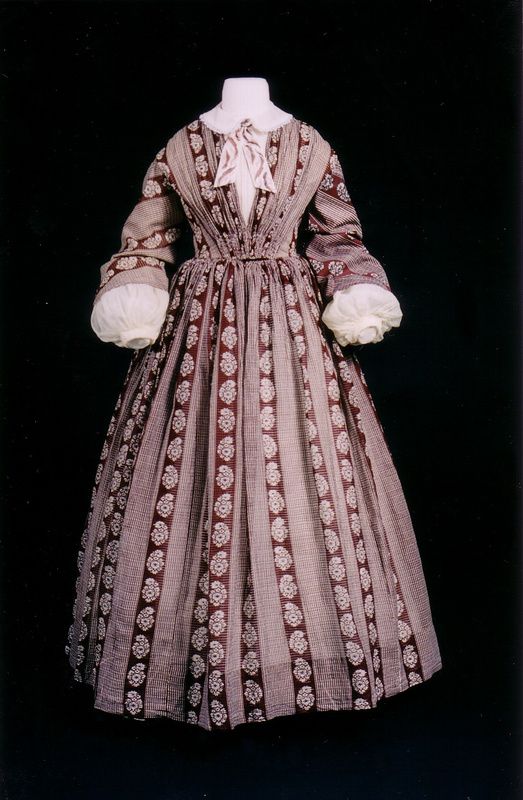
Among the nearly 4,500 items that belonged to the Tredwells is a collection of 39 dresses worn by the Tredwell women. The dresses date from 1815 to 1890 and vary from the striped deep red number you see above to light airy dresses of white and blue and more. The collection of dresses is paired with an array of hats, parasols, shawls, shoes, gloves, reticules, and fans. You can see a few of the dresses on mannequins throughout the home.
To allow a really up-close look of these historic garments, the Museum collaborated with 3D modeling firm PaleoWest Archaeology to create an interactive 3D model. The model allows you to take in every inch of the dress from various angles and see all of the details. You can check it out here!
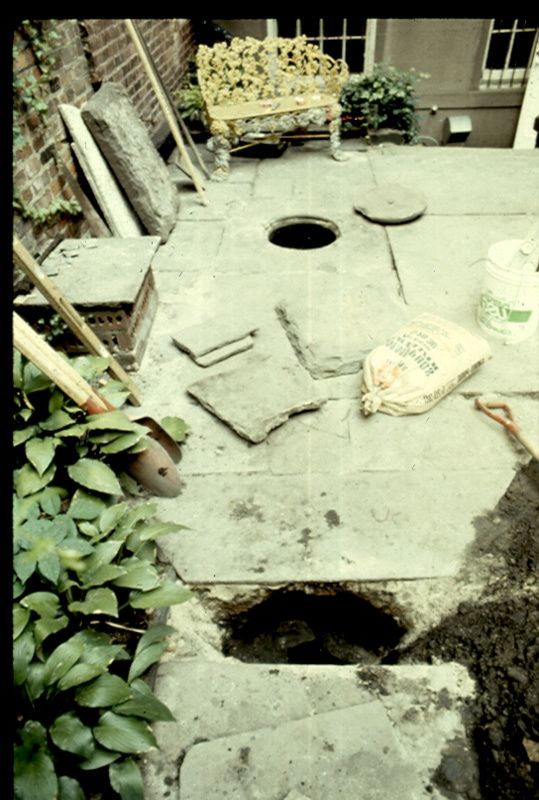
In the rear yard of the Merchant’s House a 4,000-gallon cistern was discovered. In the photograph above, taken during a restoration project in the 1970s, you can see a hole in the ground that led to the cistern. This personal water supply allowed the wealthy Tredwells to have running water in their home before the municipal water system of New York City was created.
Anyone except the most financially well-off residents of New York City wouldn’t have access to a clean, reliable, municipal water source until the completion of the Croton Aqueduct and the opening of the Croton Reservoir 1842. The reservoir stood at the current site of the New York Public Library 42nd Street branch. You can still see a remnant of the reservior walls inside the library!
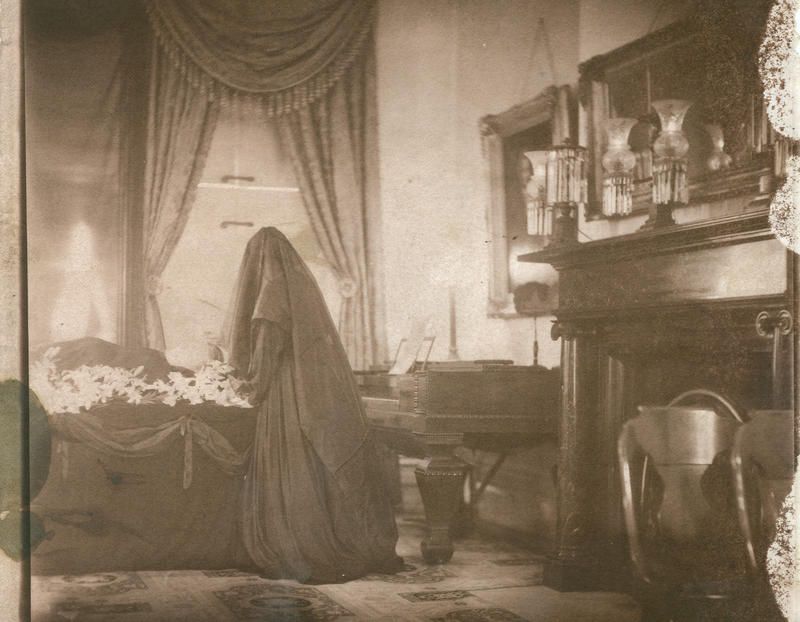
The Merchant’s House Museum frequently ranks high on lists of the most haunted places in New York City. Unlike some places that deny their otherwordly reputation, the Merchant’s House fully embraces their ghosts. There is a whole page of the Museum’s website dedicated to its ghost story and ghost tours!
The apparition believed to haunt the home is that of the Tredwells’ youngest daughter Gertrude. Gertrude, the youngest of the Tredwell clan, was the last living family member to occupy the house. She was born in an upstairs bedroom in 1840 and died in the house 93 years later. Since the Museum’s inception in the 1930s, staff, volunteers, visitors, and neighbors have reported strange and inexplicable happenings.
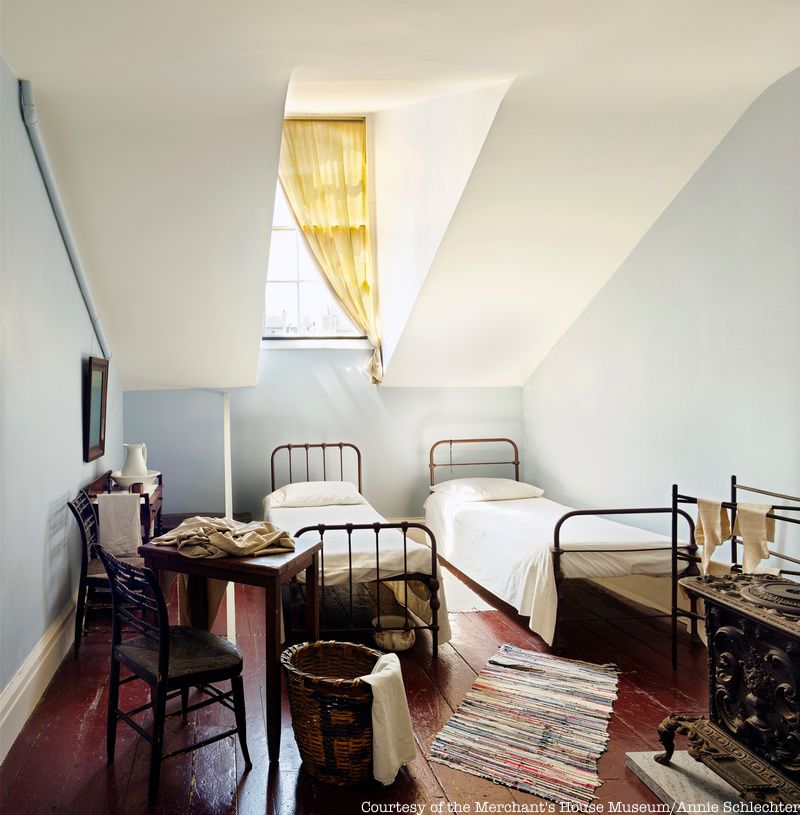
The Tredwells, being a wealthy family, had the privilege of employing servants in their home. Four women, mostly Irish immigrants, were usually in residence at the Merchant’s House, and the staff changed about every ten years. What the museum has learned about these women has been gleaned from census records, as the women themselves left no written records that could be found.
Households like the Tredwells’ would have likely employed a cook and cook’s helper to tend to the cooking, table setting, and laundry, and a parlor maid, and “second girl” who took care of the parlor floor and bedrooms. Working for just three to four dollars a month, the women were on call 24/7, performing demanding tasks every day. Still, working in a domestic home had its advantages over factory life. For the most part, the work was not dangerous and the women had safe beds to sleep in at night.
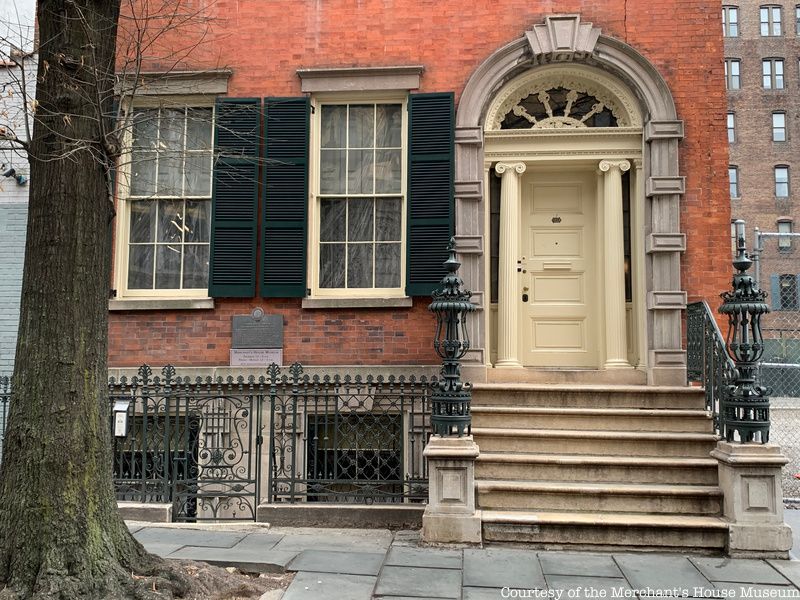
When actors Jessica Chastain and Dan Stevens were preparing to star in a Broadway revival of “The Heiress,” a 1947 play based on the novel “Washington Square” by Henry James, the pair made a stop at the Merchant’s House Museum for a tour. The play, which was also turned into an Academy Award-winning 1949 film starring Olivia De Haviland and Montgomery Clift, is set in 19th-century New York City, so there was no better place to visit to get a feel for the time.
The grand staircase at the Merchant’s House was recreated for the set of the 1949 film, which went on to win Oscars for costume and set design in 1950. The story within the film, play, and novel, though not based on Gertrude Tredwell’s life, bears a striking resemblance to it. The story centers around Catherine Sloper and her love for Morris Townsend, a man whom her father forbids her from marrying. Gertrude, like Catherine, also loved a man who her father disapproved of and both the protagonist and real-life 19th-century woman went through their lives unmarried.
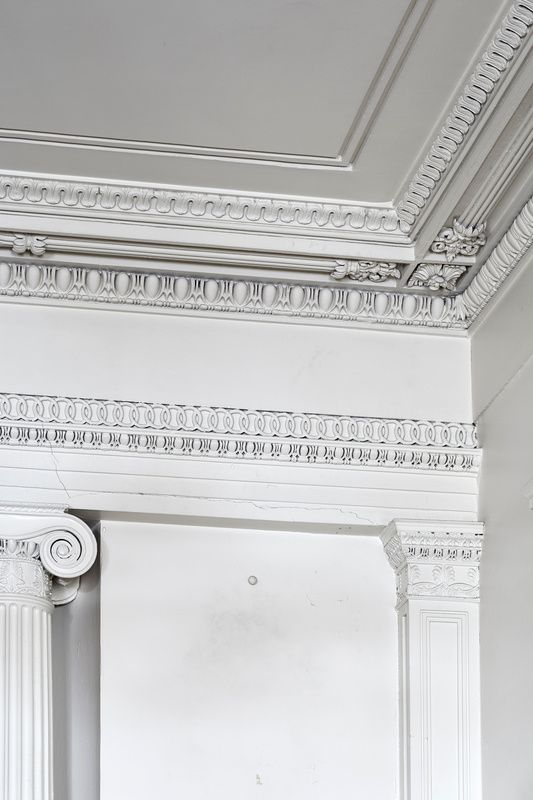
Look up inside the Merchant’s House and you will be treated to a display of exquisite decorative plasterwork. In a newsletter published in 1993, David Flaharty, a renowned ornamental plaster expert who has worked on locations like the White House and the Met, described the intricate work as “unquestionably the finest designs to survive into the late 20th-century.” Flaharty noted that the plasterwork is “perhaps the single most important feature of the Merchant’s House .” One of the major concerns about the construction project next door is that it will cause the delicate plaster details on chandelier medallions, cornices, and moldings to crack.
Next, check out 13 Historic House Converted into Museums
Subscribe to our newsletter